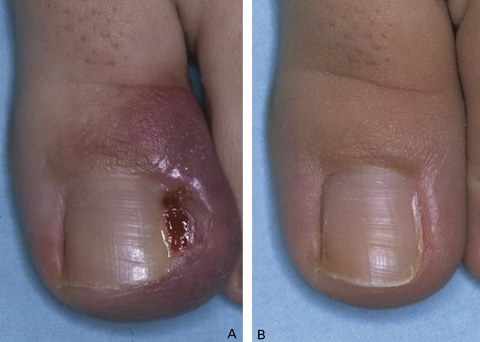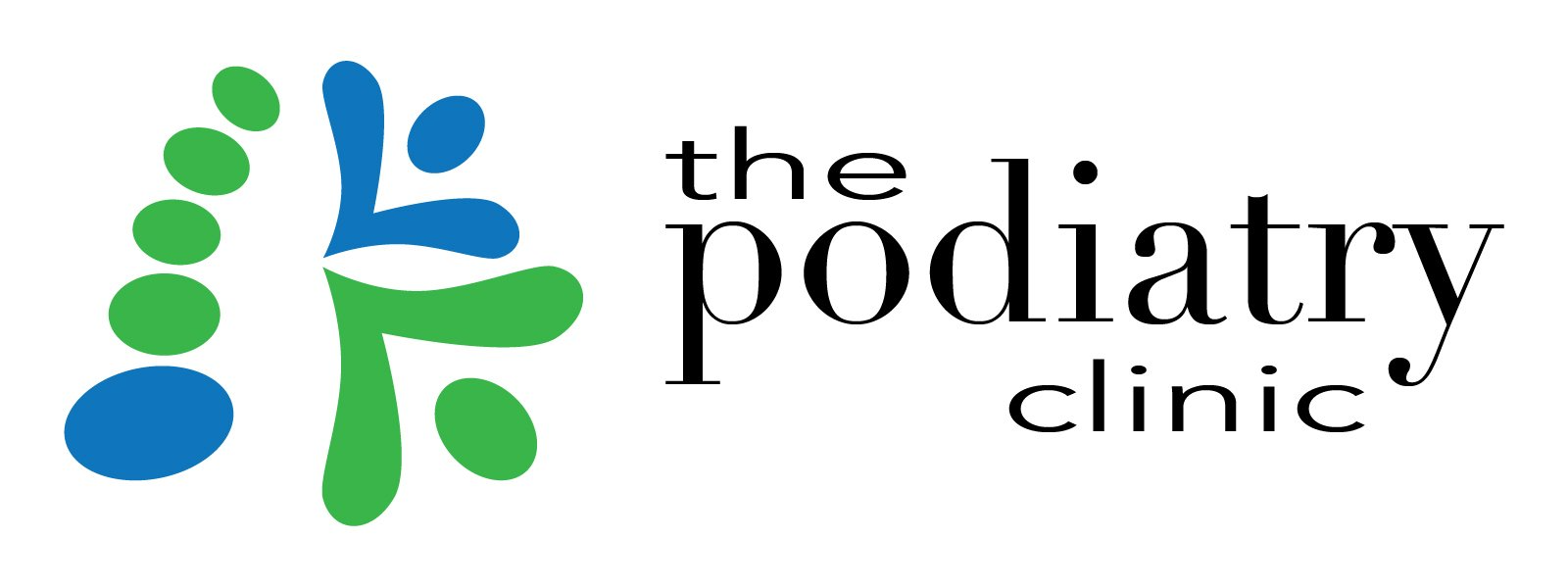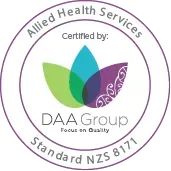Ingrown Toenail Surgery
Ingrown Toenail Surgery
At The Podiatry Clinic, we specialise in treating infected or painful ingrown toenails - especially when they keep coming back or don’t respond to regular care.
Ingrown toenails can be caused by injury, poor nail cutting, or the natural shape of your nails. When the edge of the nail presses into the skin, it can lead to infection, swelling, and ongoing pain. If left too long, it can even cause serious issues like bone infection.
If caught early, regular treatment may help. But for long-term or severe cases, minor surgery is often the best solution.

Before After
Permanent Nail Edge Removal
We perform a safe and highly effective procedure called Partial or Total Nail Matrix Ablation, with over a 98% success rate.
- A small section (or the whole) of the nail is removed under local anaesthetic.
- A chemical (Phenol or Sodium Hydroxide) is applied to stop that part of the nail from growing back.
- This can be done even if the nail is infected, as the chemicals are antibacterial and reduce post-op pain.
What to Expect
- You’ll walk out of the clinic after surgery, usually wearing open sandals/jandals.
- A large dressing is applied for comfort and protection.
- We’ll see you for a follow-up dressing appointment in 1–3 days, then you’ll manage your own dressings at home for around three weeks.
- A final check-up and discharge complete the process.
* You can not book an ingrown toenail surgery online. You must first have an initial consultation so that our podiatrists may assess your condition.

